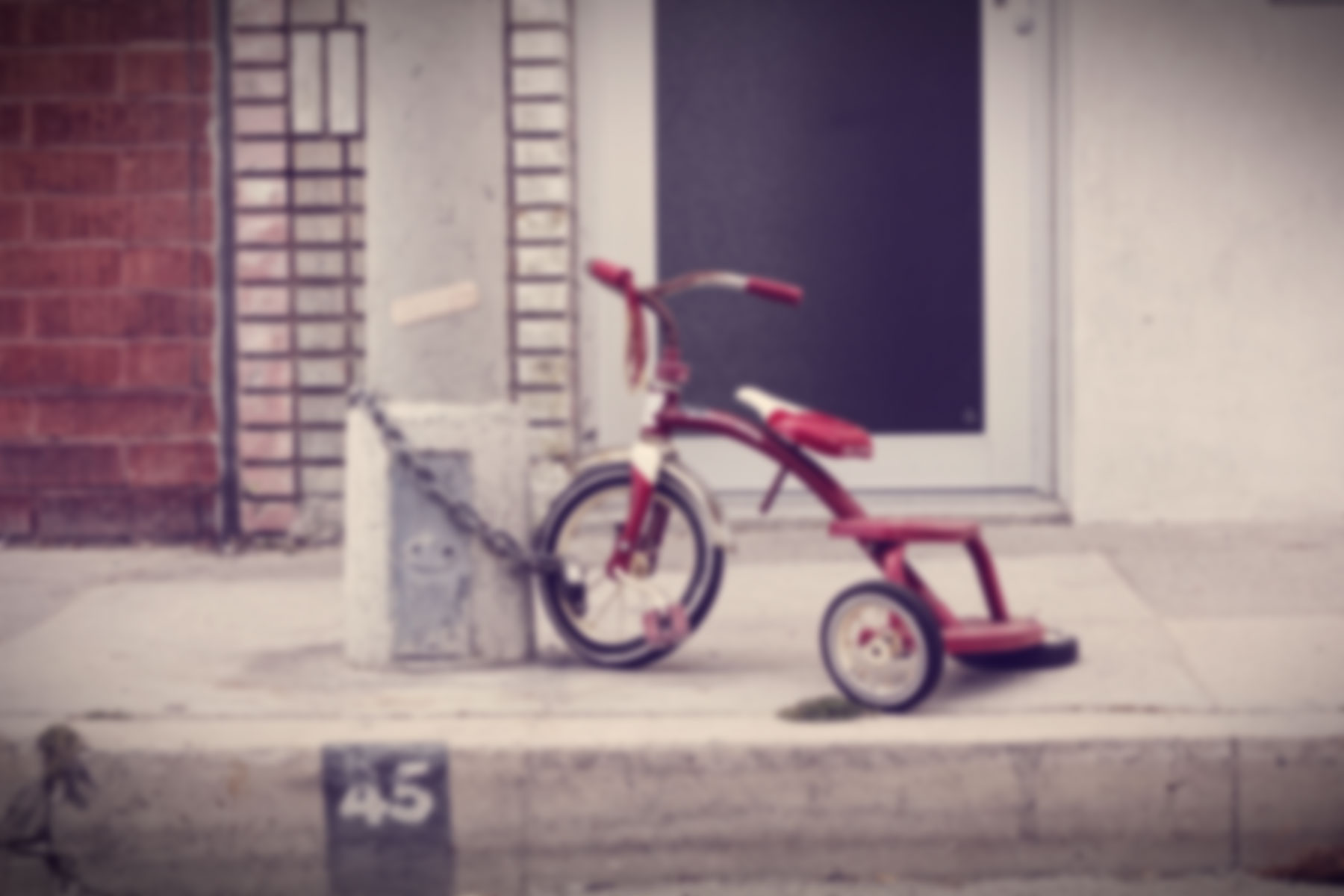Reading time: 2 minutes
Being a house, trance or Drum ’N’ Bass DJ during the 1990s was a prestigious, yet mysterious underground title. The electronic music scene was still miles away from being a mainstream culture. It was an alternative subculture, an alternative reality out of the real life where the deprived youths could forget about the troubles and enjoy the music. Enjoy every beat and through dancing, alcohol, sex and drugs try to elicit a mass self-determination, give life a meaning.
Of course, not everybody seemed to fit into this category, but the electronic music gave everybody a choice to be whatever he / she desired to be, without imposing limits or putting constraints. Many DJs were creating and playing electronic music not for money or fame and just for their own masochistic pleasure.
Most venues for electronic parties were usually abandoned industrial warehouses or private suburban houses or flats. For instance, in the UK and especially around London, most rave parties of the 1990s were organised in establishments around the M25 orbital motorway which is actually the inspiration for the name of the eponymous electronic band Orbital. Usually, these parties were unlicensed and illegal and the police frequently crushed them violently. Nevertheless, the young ravers didn’t give up and continued organising illegal parties until the end of the 1990s when most of these parties moved into licensed dance clubs. For me, that was the beginning of the end of the underground electronic dance music subculture.
2000s were marked by the rise of trance and commercial house music that by the end of the decade has already entered the top40 charts around the world. First the Trance and then the House DJs tried to capitalize on the growth of the underground subculture by advertising it with massive gigs at famous venues and making movies and clips tailored to the commercial market. They succeeded in bringing it to the masses and now the electronic dance music is made not from fans for fans as it was the case during the 1990s and the early 2000s, instead, corporate record label managers and radio DJs decide what the next step of the culture would be. The old DJs who were instrumental in bringing and popularising the underground electronic music genre to Europe were quickly forgotten first, followed by the talented guys from the 2000s that chose not to jump on the commercial bandwagon and instead focused on producing and making true electronic sound. They were replaced by a generation of, frankly speaking, amateurish artists with an impeccable record of failures who are topping the music charts at the moment. Disgusting clique of overpaid and overvalued commercial garbage without much value for the true underground scene boosted hugely by the demand of the new youths for fake heroes and lured into this business not because they loved the electronic music but because there is massive growth and potential for making huge money off the charts and Beatport. A slap in the face for the true fans and an end of one era, an era marked by quality music that didn’t top the charts, music that was not played on any commercial radio station, music that wasn’t sold on Amazon, iTunes or eBay, music produced, collected and played by fans for fans. Music that with its tumultuous harmonies and wobbly beats touches your heart and soul like nothing else.
P.S. This post is meant to serve as a WAKEUP call to those of you who have something to do with electronic dance music albeit fans, producers, DJs, executives and so on.
